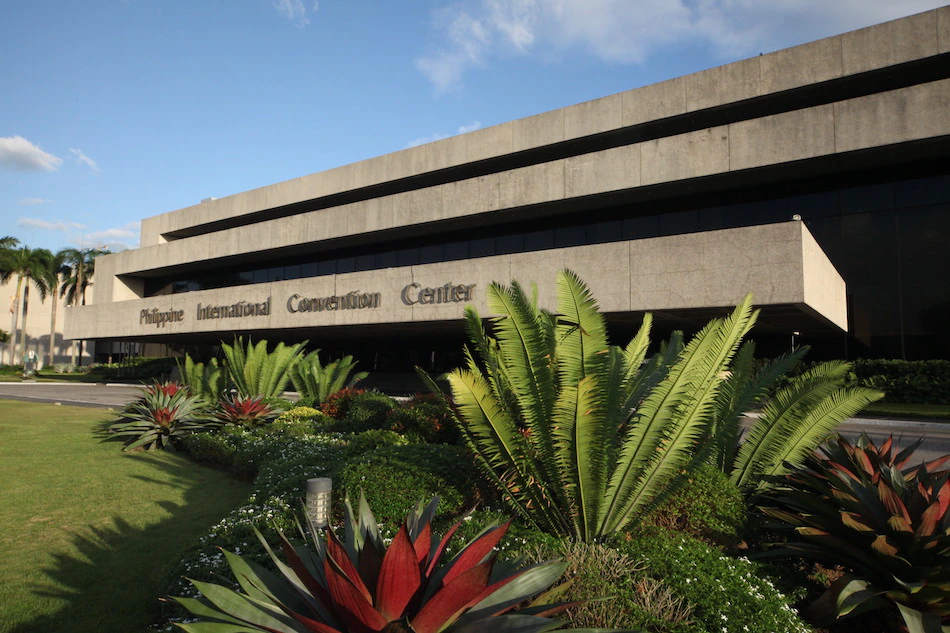Words The Kanto Team
Images Patrick Kasingsing

Today, September 27, 2022, the Philippine International Convention Center (PICC) receives the most important birthday present it can get in its 46th year: a sense of security for its existence and belated recognition of its significance in the national architectural narrative. The brutalist complex, Asia’s first international convention center, is finally bestowed the highest designation possible for an Important Cultural Property (a categorization it automatically received as the work of National Artist for Architecture, Leandro Locsin).
The National Museum of the Philippines, the law-mandated caretaker of invaluable cultural properties in the country, has recently adjudged the PICC and the major works of art by National Artists it harbors worthy of collective declaration as National Cultural Treasure. The agency defines a National Cultural Treasure as follows:
“A unique object found locally, possessing outstanding historical, cultural, artistic and/or scientific value which is significant to this country and nation,” (Section 3 of Presidential Decree No. 374). These highly-valued cultural properties are indispensable in the understanding of the history and culture of the Philippines. They are to be preserved and protected by the state through the National Museum of the Philippines by law, through Republic Act (RA) No. 4846 (The Cultural Properties Preservation and Protection Act) as amended by P.D. 374, RA No. 8492 (National Museum Act of 1998), RA No. 10066 (National Cultural Heritage Act of 2010), and RA No. 11333 (National Museum of the Philippines Act of 2019).”


The PICC, a sprawling complex of five building modules, was opened on September 5, 1976, in time for the 1976 IMF-World Bank Meeting. It has since hosted many of the country’s global-facing events, from the Miss Universe pageant in 1994, APEC and ASEAN meetings, and even concerts and commencement exercises by colleges and universities. The latter has been particularly associated with the convention center; marching in the PICC’s iconic Plenary Hall is often seen as an aspirational goal by many a student.
Aside from playing host to major events, the complex is also home to iconic works by celebrated National Artists like sculptor-painter Arturo Luz, who blessed the PICC with three artworks, and Jose Joya, whose gargantuan painting “Pagdiriwang” for the complex’s lobby had to be painted on site. They are among the list of “four intrinsic works of art originally and permanently installed” at the complex that is part of the National Cultural Treasure designation. The complete list follows:
- Anito sculpture by National Artist Arturo R. Luz (located at the Courtyard)
- Grid steel sculpture by National Artist Arturo R. Luz (located at the Plenary Hall and Reception Hall lobby)
- Pagdiriwang painting by National Artist Jose T. Joya (located at the Delegation Upper Lobby)
- Carved-wooden furniture by National Artist Napoleon V. Abueva (distributed in various lobbies and hallways)



















